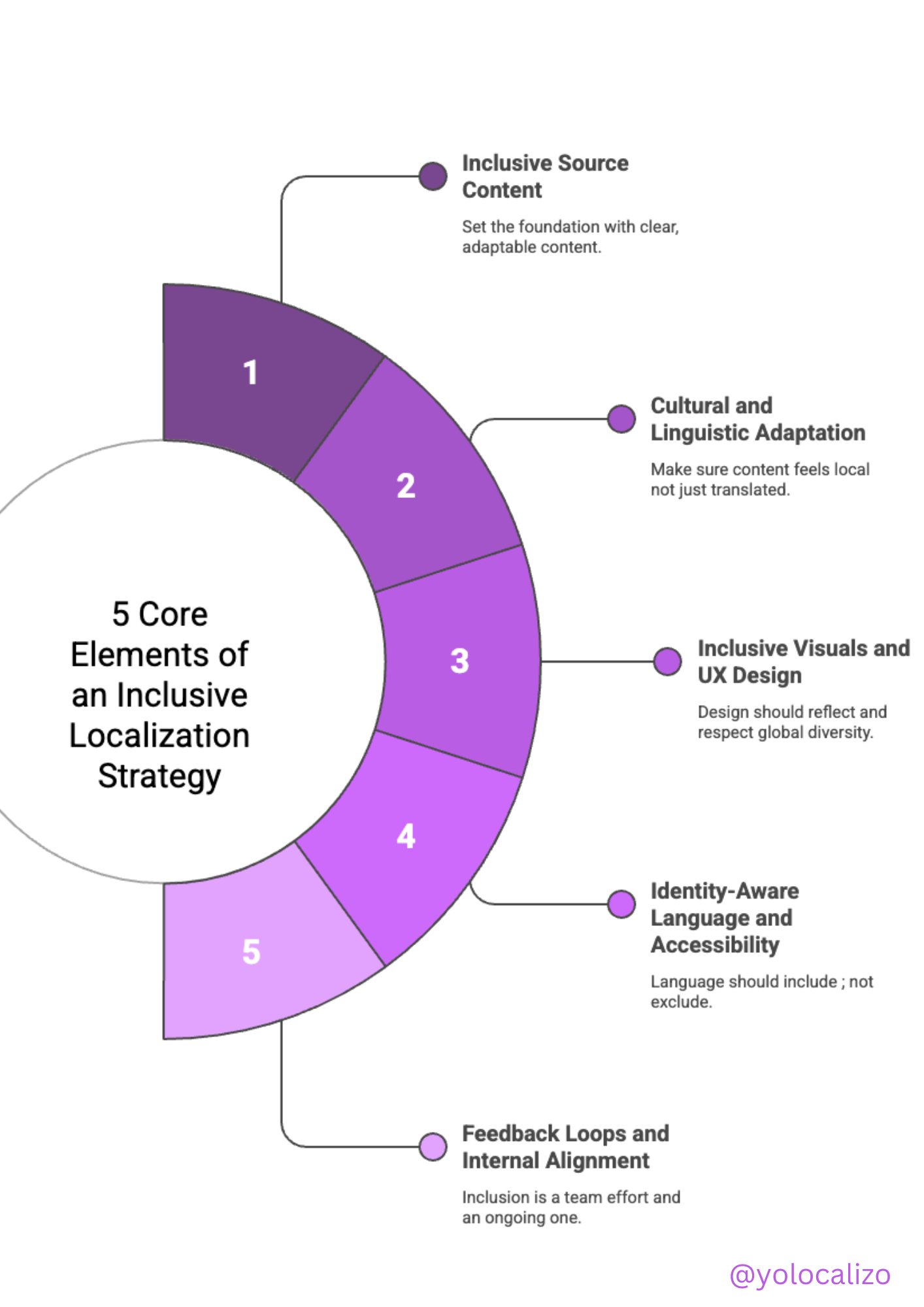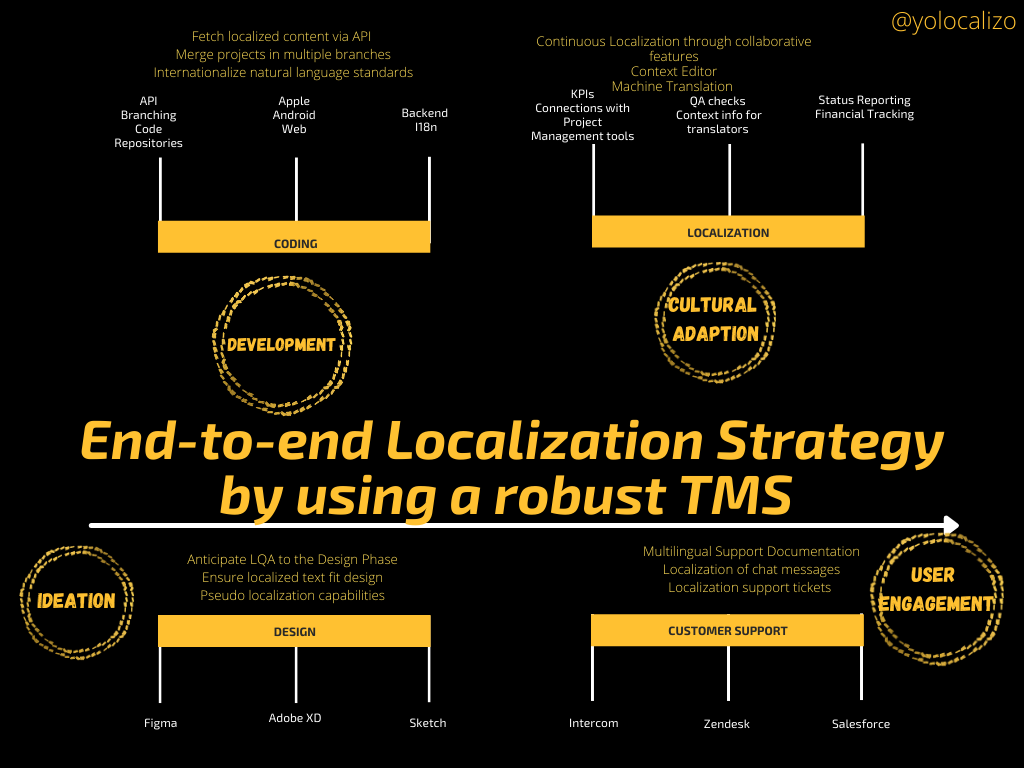4 unexpected benefits you might get by including internal QBRs in your Localization strategy
In the mid 80's one of the first movies I went to the cinema to watch was Short Circuit, a kind of Wall-E from the '80s that told the story of an experimental military robot that is struck by lightning and gains a human-like intelligence, with which it embarks to explore.
I remember a scene where S.A.I.N.T. Number 5, as the robot was named, took books and devoured them, asking for more data!
It's been 35 years since this movie, ouch! And if Number 5 would travel to our days, he would be super happy to find data, lots of data to learn!
And the truth is that it is tempting to think that data is the ultimate tool you need in your toolbox to face the business challenges surrounding us. But if we think about it, data and the technology that generates it are not tools but rather something that helps us make a decision. In other words, to believe that big data can replace personal interactions is a massive oversimplification of the work that we humans do in front of "machines."
As much as data analytics has advanced, a face-to-face meeting (or Zoom meeting in pandemic times) is the most effective tool to discuss performance, strategy and align expectations.
All this brings me to what is known in our industry as Quarterly Business Review (QBR).
QBR is a meeting between the language services provider and the client quarterly where the data on the business collaboration is presented in the form of a report and discussed.
However, a Localization team, as I see it, should not limit itself to just executing these QBRs with the language service providers but present an excellent opportunity to meet with internal stakeholders.
This is important to do as it helps increase the visibility that the Localization team has and how it contributes to the greater cause of the company.
Often, our industry complains that our services are considered an afterthought or as a transactional activity, even a commodity. It is precisely in this internal QBR where we can start planting seeds in our stakeholders' heads to better understand the localization team's impact.
In this post, I want to talk about how a Localization team can use QBR as a strategic tool and become a strategic partner in the global growth that your company is pursuing.
How should you structure QBR with your internal stakeholders?
Here are some recommendations
- You should invite at least one senior stakeholder, preferably at the C-suite level. If that is not possible, then a Director or a Product Owner, someone with the ability to change the roadmap based on the information we present.
For example, your Localization team has detected that Turkish users are downloading your application or that they are frequently using your Web services. Suppose you come to the meeting with data analytics that explains the business opportunity in Turkey. In that case, you want to have someone senior enough to discuss the language strategy and roadmap for growth in international markets.
- You should include a summary of the objectives to which the localization team has contributed in the quarter. Prepare Localization business KPIs relevant to your internal stakeholders. This is not the time to talk about KPIs such as the percentage of on-time deliveries, number of translation errors, or LQA issues. Save those KPIs for when you do the QBR with your LSPs, here the KPIs you want to give visibility to are product-related, e.g., Customer Experience Satisfaction, revenue per market, or active users per region, to name a few.
- This QBR also presents a great moment to look for internal efficiencies. You do this by executing a review of performance results since the last QBR and discussing whether goals were met + Problems experienced, and how they were solved. Lessons learned are the documented information that reflects both the positive and negative experiences of a project. They represent a commitment to product development excellence and the localization team opportunity to learn from the actual experiences by working in the current assignment
- Almost more important than looking back, as we do in the lessons learned, is to look forward. That is why these QBRs are an excellent opportunity to set goals for the next quarter, and this puts us in a perfect place to talk to our stakeholders about their plans, their objectives, what areas they are working on, etc. Sometimes localization teams have a limited view of the product development process. These internal QBRs allow that to help both parties align on the content of upcoming releases.
Here we can ask about possible obstacles that the development team is facing, or we can also take the opportunity to try to get feedback on content volume so we can update our localization forecast; something that is certainly necessary to avoid the dreaded scope creep.
- Get feedback about the Localization team performance. You know what they say, don't you? Feedback is the breakfast of champions, so be brave and ask about the level of satisfaction (or lack thereof) they have with your team.
Benefits of your internal QBR
The benefits of an internal QBR are manifold; as I see it, the most important are as follows.
- QBRs strengthen the partnership between your business partner and your localization team, moving from an "internal service provider" mentality to a strategic partner.
- They foster relationships between your product executives and your team.
- They allow you to highlight your localization team's impact, thus reinforcing their value to the company.
- QBRs open honest discussions about the overall health of your stakeholders and the maturity of your processes.
In summary
A crucial part of internal QBRs is demonstrating the impact the localization team is having on the product. QBRs allows you to present to stakeholders the value they have achieved because of the services you provide.
Quarterly business reviews are an indispensable part of building and nurturing effective relationships with our customers. The way I see it, the QBR is an essential part of business collaboration internally too.. By using this meeting to share our progress and gather information and feedback from our stakeholders, we are laying the groundwork for a long and lasting partnership where a together is better mentality prevails.
Over to you now... do you do internal QBRs with your stakeholders? And if so, what part of this collaboration with them do you consider the most valuable?
I hope you have a great week!
@yolocalizo














Localizability has always been a challenge small issues in source content often lead to big problems later in translation. In this post, I explore how AI is giving localization teams a powerful new way to improve source quality, reduce friction, and create better content for every market right from the start.